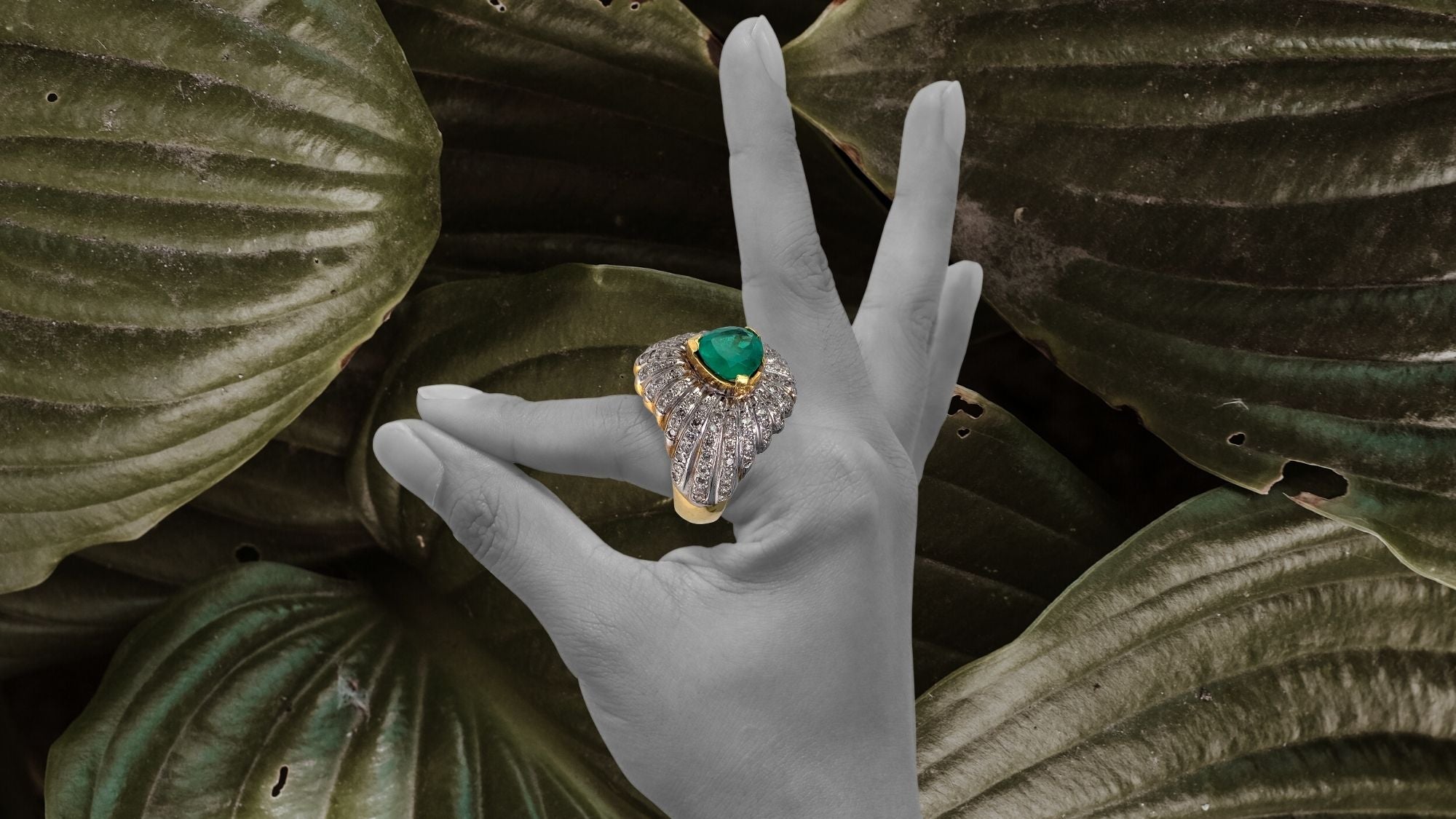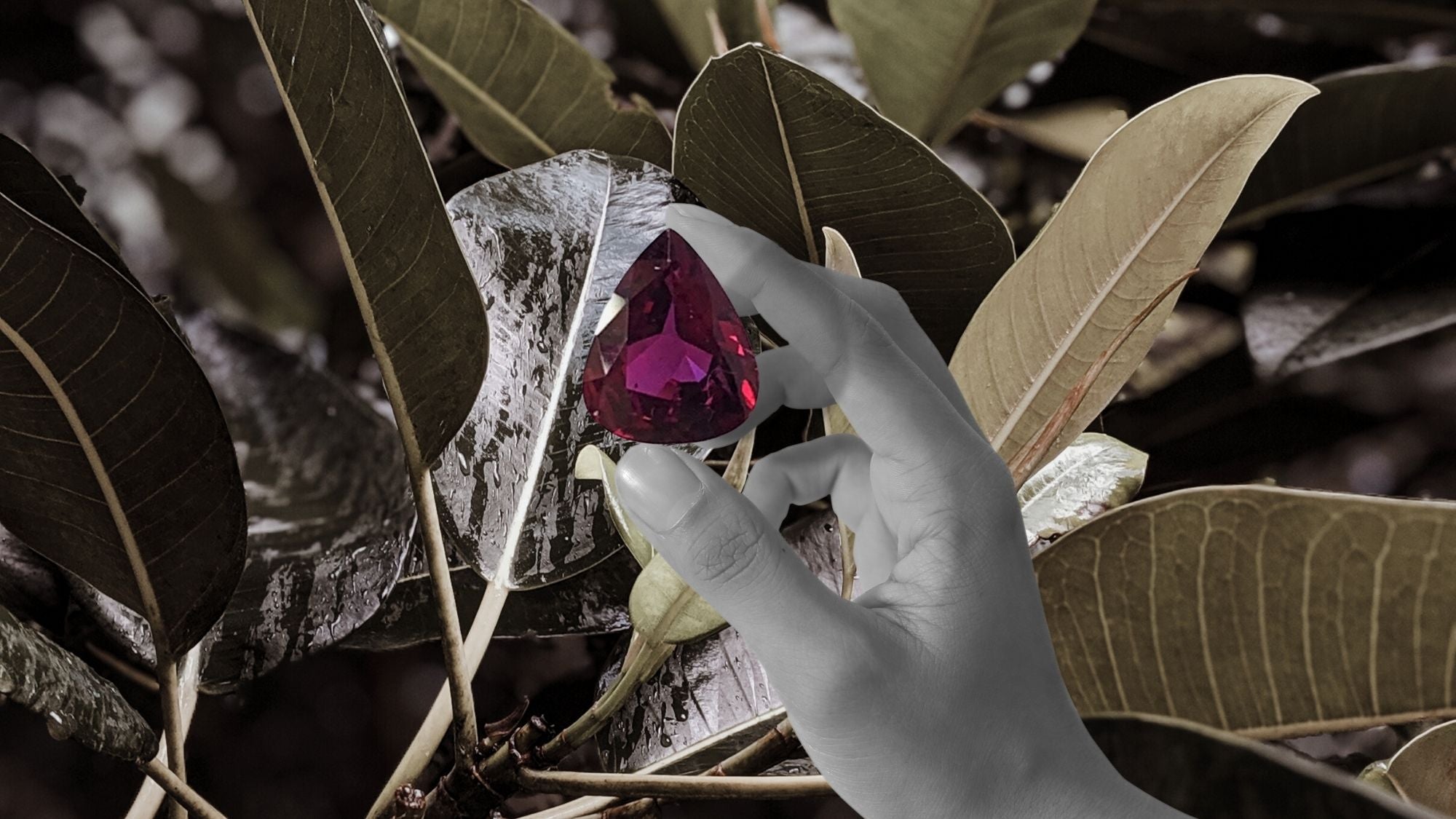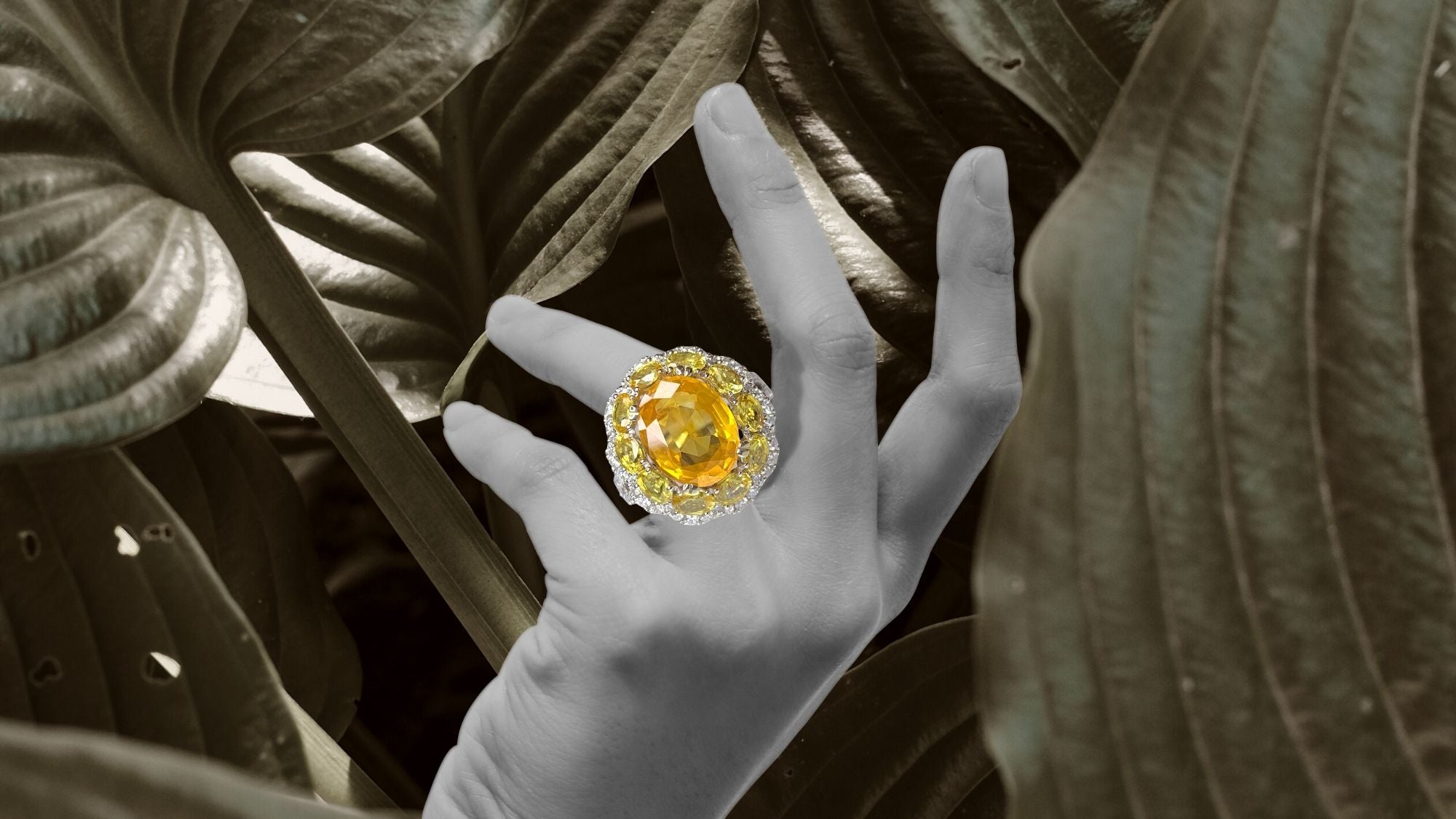Jewelry has been an integral part of human civilization since ancient times, serving not only as adornments but also as powerful symbols of cultural identity, social status, spirituality, and personal beliefs. Across various societies and civilizations, jewelry has held a significant role in shaping cultural practices and carrying unique meanings that transcend generations. This article explores the symbolism and cultural significance of jewelry in different societies, shedding light on the deep-rooted traditions and values associated with these exquisite ornaments.
Ancient Egypt

Ancient Egypt, one of the most fascinating civilizations in history, has left an indelible mark on human culture, art, and society. The symbolism and cultural significance of jewelry in ancient Egypt were deeply intertwined with their religious beliefs, social hierarchy, and connection to the afterlife.
Religion played a central role in ancient Egyptian society, and jewelry was closely associated with religious practices and beliefs. Many jewelry pieces were adorned with symbols representing deities and protective amulets. The Eye of Horus, an ancient Egyptian symbol of protection and royal power, was commonly used in jewelry to safeguard the wearer from harm and provide guidance.
The Ankh, a cross-like symbol with a loop at the top, signified life and immortality. It was frequently worn as a pendant or incorporated into necklaces, symbolizing the eternal cycle of life, death, and rebirth. Jewelry with these symbols was not only a form of personal adornment but also served as a means of invoking the blessings and protection of the gods.
Jewelry in ancient Egypt was not just for the elite; people from different social strata wore various types of jewelry. However, the materials and designs differed significantly based on one's social status. The wealthy and elite adorned themselves with precious metals like gold and silver, as well as gemstones like lapis lazuli and carnelian. These materials were not only symbols of wealth but also believed to possess protective and magical properties.
Ancient Egyptians held elaborate funerary practices, and jewelry played a crucial role in burial rites. Both the living and the deceased wore jewelry, and it was customary to bury the dead with their favorite jewelry pieces or amulets to aid them in the afterlife.
The Book of the Dead, a collection of magical spells and incantations, often depicted the deceased wearing jewelry. In these beliefs, the amulets and symbols on the jewelry were thought to protect the soul on its journey through the perilous underworld and help the deceased gain favor with the gods during the judgment of their heart against the feather of Ma'at (the goddess of truth and justice).
Ancient Greece

Ancient Greece, renowned for its contributions to philosophy, art, literature, and democracy, also boasted a vibrant culture of jewelry that carried profound symbolism and cultural significance. Greek jewelry reflected the values, beliefs, and social hierarchy of this illustrious civilization.
Ancient Greek jewelry often incorporated mythological motifs inspired by their pantheon of gods and goddesses. Symbols such as the Greek key pattern, known as "meander," represented the eternal flow of life and continuity. The laurel wreath, crafted from laurel leaves, was a symbol of victory and achievement, often bestowed upon athletes and heroes.
Jewelry in ancient Greece was an indicator of social status and wealth. The wealthy elite adorned themselves with intricate pieces made from precious metals like gold, silver, and bronze, often embellished with gemstones like emeralds, sapphires, and amethysts. These opulent adornments were worn at public events and special occasions to showcase the wearer's prosperity and standing in society.
Beyond their aesthetic appeal, Greek jewelry served practical purposes as well. Certain pieces, such as amulets and talismans, were believed to offer protection and good fortune. Amulets in the shape of eyes, known as "apotropaic eyes," were worn to ward off evil spirits and protect the wearer from harm. They were especially popular among soldiers and travelers, seeking protection during perilous journeys.
In ancient Greece, jewelry played a vital role in love and marriage rituals. Engagement and wedding rings, known as "betrothal rings," were exchanged between couples as a symbol of their commitment to each other. These rings were often simple bands, signifying the eternity and continuity of their love.
The Hellenistic period saw the rise of more elaborate jewelry, including intricate earrings, bracelets, and necklaces that adorned women on their wedding day. The bridal attire was often accompanied by jewelry, reflecting the joyous celebration of the union between two individuals.
Indigenous Cultures

Indigenous cultures around the world have a diverse and fascinating history of jewelry traditions that reflect their unique customs, beliefs, and ways of life. The symbolism and cultural significance of jewelry in these societies go far beyond mere adornment, encompassing storytelling, spirituality, identity, and community bonds.
Indigenous jewelry is often crafted using locally sourced materials, showcasing the region's natural resources and ingenuity. These materials include shells, beads, stones, bones, wood, feathers, and metals like silver, copper, and gold where available. Many communities employ traditional techniques passed down through generations, such as beadwork, metalwork, weaving, and carving.
In many indigenous cultures, jewelry holds spiritual and ritual significance. It is believed that certain jewelry pieces possess protective properties and can ward off evil spirits. Amulets and talismans are common in indigenous jewelry, serving to protect the wearer from harm, bring good luck, and connect with ancestral spirits.
Jewelry is also used in religious ceremonies, rites of passage, and important events in community life. For example, during initiation rituals, young individuals might receive special jewelry as a symbol of their transition to adulthood and their newfound responsibilities within the community.
Indigenous jewelry serves as a visual representation of cultural identity and social status. Different tribes and communities have distinct styles and symbols that are easily recognizable within their cultural context. Jewelry can signify tribal affiliations, clan membership, marital status, and achievements within the community.
For example, among the Maasai people of East Africa, intricate beadwork necklaces and bracelets are worn to indicate age, social status, and marital status. Each color and pattern in their beadwork holds a specific meaning, communicating information about the individual.
Western Societies

Symbolism and cultural significance in Western societies have evolved over centuries, shaping the way jewelry is worn and perceived within these cultures. From ancient civilizations to modern times, jewelry in Western societies has represented a wide range of meanings, from personal expressions of style to powerful symbols of love, commitment, and social status.
In Western cultures, engagement and wedding rings hold immense symbolism as symbols of love and commitment between couples. The tradition of giving a ring during a proposal dates back to ancient times, when rings were believed to symbolize eternal love due to their circular shape, with no beginning or end.
Diamond engagement rings became particularly popular in the 20th century, largely due to a successful marketing campaign by the diamond company De Beers. Today, diamonds are widely associated with engagement rings in Western societies, symbolizing enduring love and purity.
The wedding ring, often worn on the ring finger of the left hand, represents the eternal bond between spouses and is exchanged during the wedding ceremony as a symbol of unity and commitment.
In Western societies, jewelry often carries sentimental value and serves as family heirlooms passed down through generations. These pieces hold not only monetary worth but also emotional significance, connecting individuals to their ancestors and family history.
Family heirlooms, such as a grandmother's necklace or a great-grandfather's pocket watch, are cherished possessions that carry the stories and memories of those who came before, making them treasured pieces within Western cultural traditions.
Western societies have diverse religious backgrounds, and jewelry often plays a role in expressing faith and spirituality. Crosses, crucifixes, and other religious symbols are commonly worn as necklaces, bracelets, or rings, signifying one's religious beliefs and serving as a visible reminder of faith.
In modern Western societies, jewelry has become a means of personal expression and fashion. People wear jewelry not only for its symbolic meaning but also as a way to showcase their unique style and individuality.
Fashion trends often influence the types of jewelry worn, from statement pieces that make bold statements to minimalist and delicate designs that convey more understated elegance. Jewelry choices can reflect one's personality, tastes, and values, making it a versatile and meaningful form of self-expression.
Throughout history, jewelry has been a status symbol in Western societies, indicating wealth, social standing, and influence. In ancient times, elaborate jewelry adorned nobles and royalty, while commoners wore simpler pieces.
While social status is no longer solely determined by jewelry, certain luxury brands and high-end jewelry still hold prestige and are associated with affluence and success.



